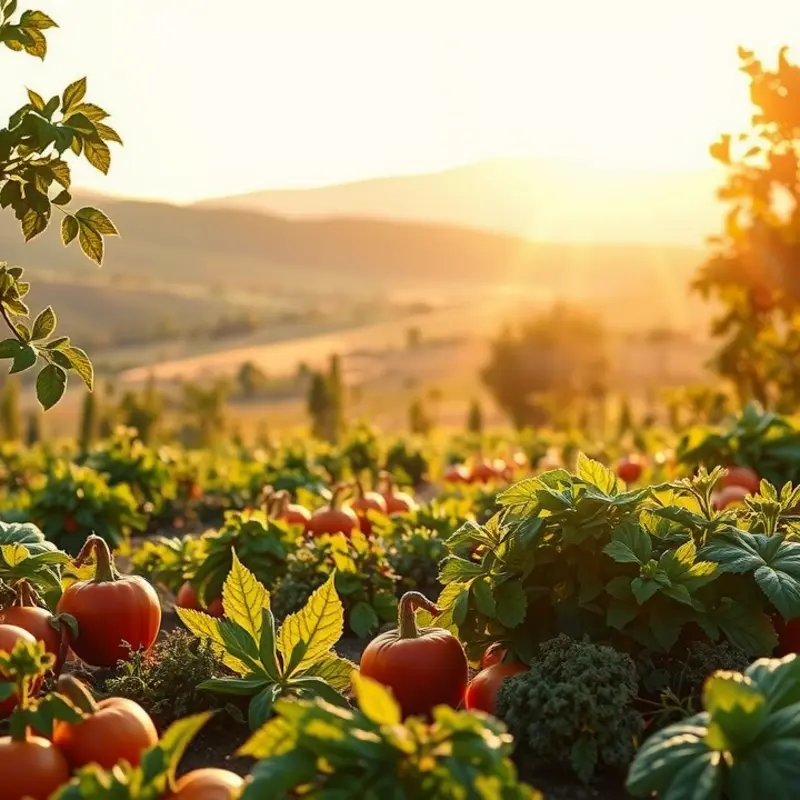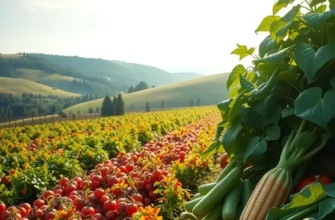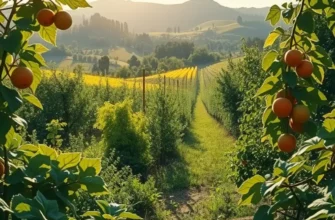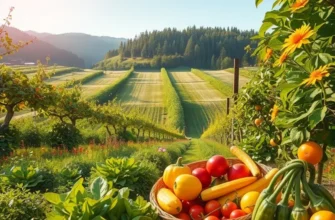Embracing a zero-waste cooking lifestyle can dramatically reduce your kitchen waste while making the most out of your food. Simple strategies for safely storing food, minimizing waste, and enhancing food management can lead to a more sustainable home environment. By adopting a few mindful practices in the kitchen, you’re not only contributing to a healthier planet but also enjoying fresh, delicious meals. Let’s explore some practical tips to help you on your zero-waste cooking journey.
Smart Food Storage Strategies

Reducing food waste begins with how you store your groceries. Proper storage not only extends the shelf life of foods, but it also ensures you maximize the use of ingredients. To start smart food storage, using the right containers is key. Glass containers with airtight lids are excellent for dry goods and leftovers. Their sturdiness and see-through nature help keep track of contents, reducing the odds of forgetting food hiding in corners.
Invest in reusable silicone bags for items like chopped vegetables or fruits. They’re an eco-friendly alternative to single-use plastic bags. Unlike plastics, these bags can withstand various temperatures, making them useful for both chilling and heating.
Freezing food effectively can dramatically minimize waste. Before freezing, blanch vegetables briefly in boiling water, then plunge them into ice water. This process preserves nutrition and color. Store them in airtight containers or vacuum-sealed bags to prevent freezer burn.
For meats, ensure they are portioned before freezing. This not only conserves space but also facilitates easy thawing. When freezing liquids, leave space in containers to allow for expansion and prevent breakage.
Outside the freezer, the refrigerator plays a crucial role. Understand the different zones in your fridge: use the crisper drawers for fruits and vegetables, which require specific humidity levels. Store dairy products on the middle shelves, where temperatures are most stable.
A lesser-known tip is to wrap certain produce items properly. Wrap herbs in a damp cloth or place them in a jar with water, like a bouquet, to prolong freshness. For greens, store them with a paper towel in a sealed bag to absorb extra moisture.
In addition to traditional storage methods, fermenting and pickling are valuable techniques. They not only preserve food but also add unique flavors. Often overlooked is the importance of labeling. Label containers with content names and dates, especially for frozen items. Regular audits will prevent spoilage.
Considering eco-friendly methods, storing food in certain environments can be beneficial. Check out eco-smart kitchen storage for more sustainable practices.
In summary, smart storage is about using the right methods for each food type, considering both longevity and environmental impact. By applying these strategies, you can enjoy fresher meals while contributing to waste reduction.
Waste Minimization Techniques

Minimizing kitchen waste involves a conscientious approach to cooking and meal management, ensuring every ingredient is utilized to its fullest potential. By adopting these practices, you not only reduce waste but also enhance your culinary adventures.
Effective Meal Planning
Begin with deliberate meal planning. This involves outlining your meals for the week and creating a shopping list that aligns with these plans. By doing this, you buy only what you need, cutting back on food that might otherwise perish before use. Batch cooking can also be a valuable strategy, cooking larger portions and then portioning them into meals throughout the week, which not only saves time but reduces wastage of fresh ingredients.
Creative Use of Leftovers
Leftovers should be considered an opportunity rather than a burden. Transform extra rice into a fried rice dish with leftover vegetables, or remix roasted veggies into a hearty soup. These practices maximize the use of ingredients and curtail unnecessary waste.
Using Every Part of Produce
Many parts of fruits and vegetables often dismissed as waste are edible and nutritious. Carrot tops can be blended into a vibrant pesto, while citrus peels may be candied or zested for additional flavor in desserts. Even watermelon rinds can be pickled, offering a refreshing twist to typical side dishes. There are numerous ways to incorporate typically discarded parts of produce into your culinary repertoire.
Investing in Composting
Not all scraps can be creatively repurposed; in such cases, composting can serve as an effective waste minimization strategy. By composting food scraps and peels, you contribute to a cycle that enriches soil without resorting to landfill disposal. This not only reduces waste but also benefits the environment.
Repurposing Food Scraps
Beyond obvious compostables, certain food scraps can find new life in the kitchen. Vegetable peels and bones can be boiled to make homemade stocks that serve as bases for soups and stews. Bread that’s gone stale can be transformed into croutons or breadcrumbs. Allow your kitchen experiments to guide you as you discover inventive uses for these morsels.
For more insights on storing sauces and minimizing spoilage risks in your quest for a low-waste kitchen, you can explore safer storage of sauces.
By incorporating these techniques into your kitchen practices, you not only promote a zero-waste lifestyle but also inspire a newfound creativity in cooking. These simple yet effective strategies ensure you make the most of every ingredient, reducing waste and enhancing your dishes in unexpected ways.
Final words
Adopting zero-waste cooking principles can bring a variety of benefits to your home and the environment. Through mindful food storage and innovative waste minimization techniques, you can effectively reduce your kitchen waste while enjoying fresh, flavorful meals. Remember, every small step counts, from planning your meals to creatively using leftovers. As you explore these practices, not only will you save money and enhance your culinary skills, but you’ll also contribute to a healthier planet. Embrace the joy of cooking with zero waste, and inspire others to do the same.







